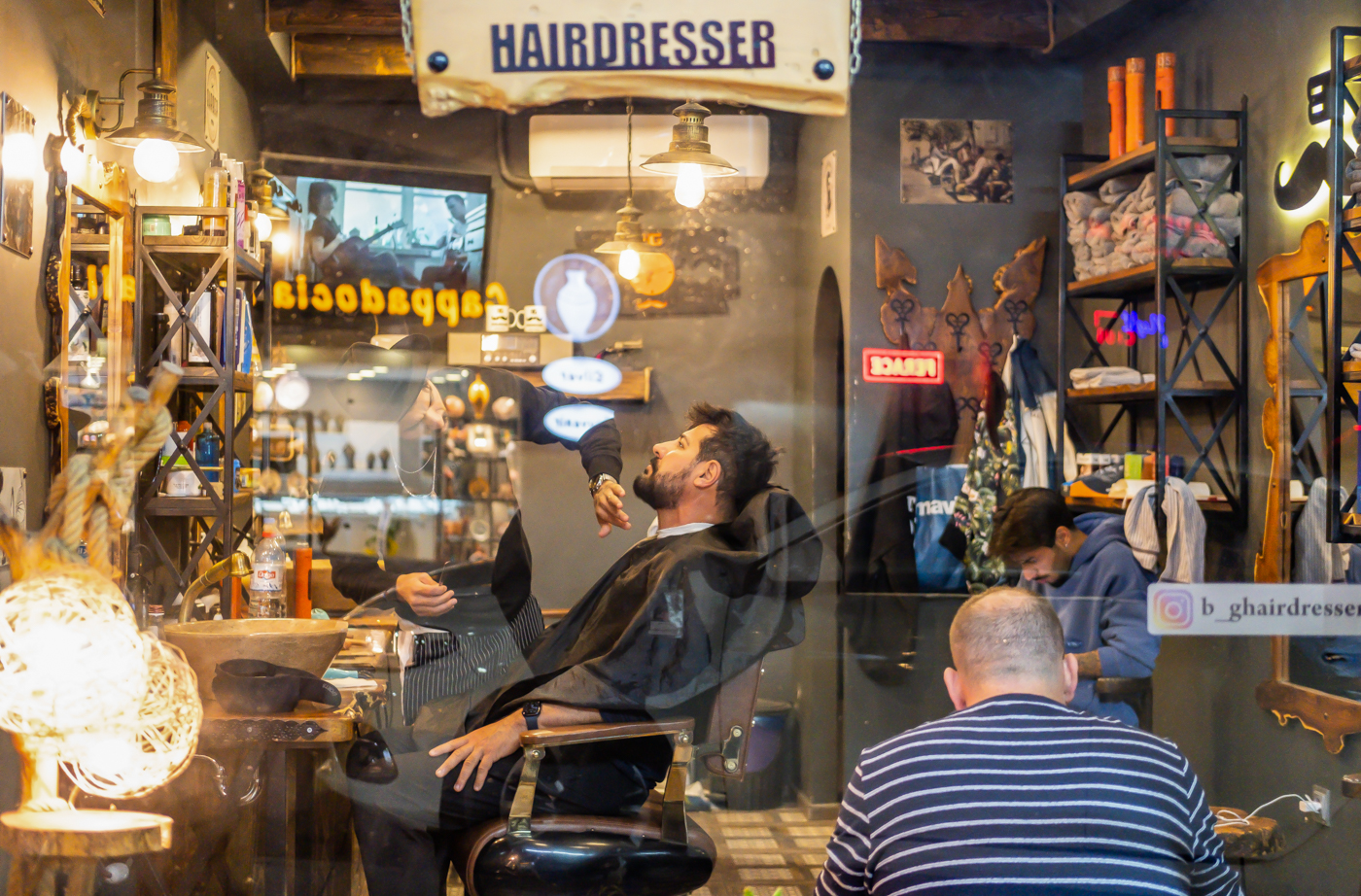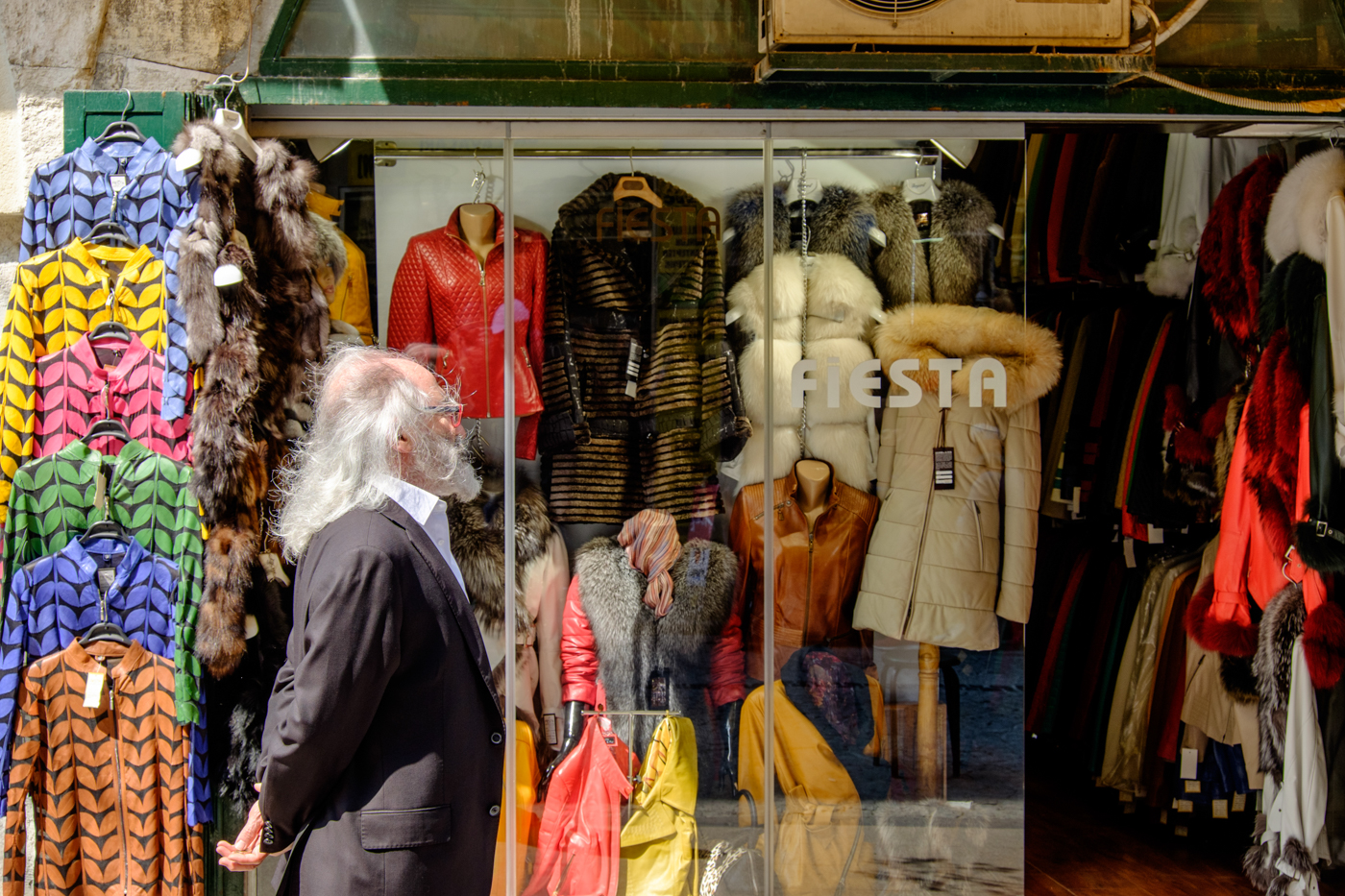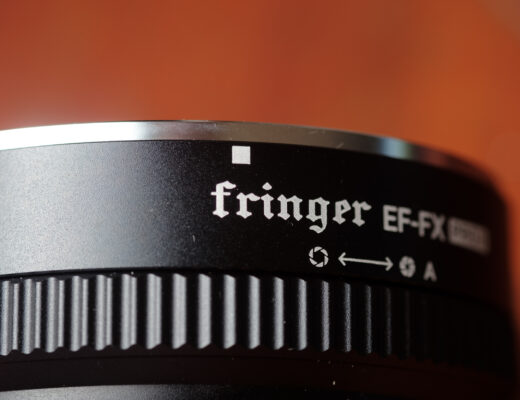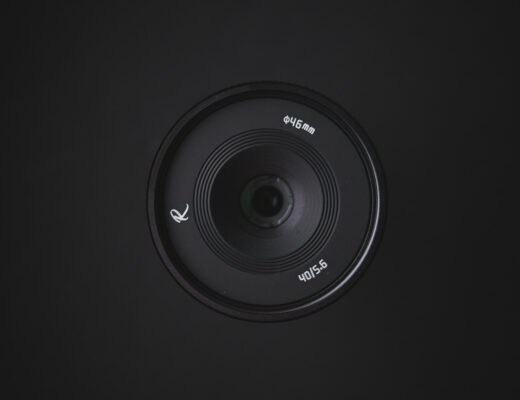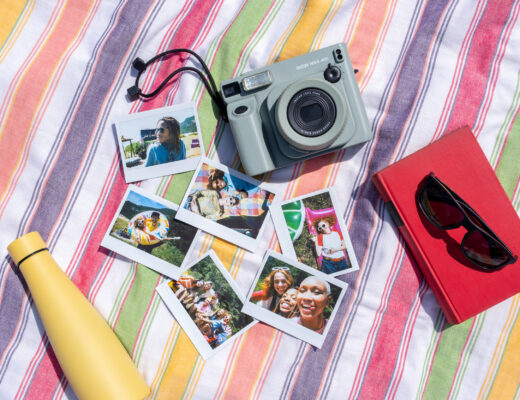Image theft is an inherent and growing factor in online life. Can, or should, you do anything to safeguard your work?
Just imagine, you’ve spent a fortune on your new top-of-the-line GFX and all those dandy lenses to go with it, spent a lifetime honing your craft, and have just come back from an epic and expensive adventure through the back end of nowhere, and of course, you now have a hard drive full of hard-earned and classic images. But what are you going to do with them? Well, ok, there are many answers to that, but as we live in a digital and highly connected era, the chances are that you will, at the very least, post some pics on social media, maybe even on your own website or on some image-sharing platform.
After all, that’s what we’re led to believe we must do in order to thrive now, be that socially or in a commercial sense, and if you do happen to make your living from taking pictures, then you’ve probably had that beaten into you for the past 20 odd years. Sharing is caring, or so someone once said before the term was applied to the online kind of sharing we know now. Post your images for exposure, to build a following, and if nobody sees your work online then it doesn’t exist, and thus you will be a photographic and life failure, or so it may seem.
Strangely enough, I’ve never found a grain of truth in that, at least not in my case, although many do swear that it’s the only way these days and I can see that in certain circumstances that may well run true, at least in part, especially if you made it that way. That said, there are still enough great, happy and successful photographers around who have almost zero social media presence or interest in it.
Posting to oblivion
The thing is, the second you post anything online it is effectively open season on whatever it is. It may well be a great image of some long-lost tribe in the Amazon, a fantastic sunset shot, or a plain old but well-lit still life of a fruit bowl; be it on Instagram, Facebook, a website or wherever, once it’s let loose – high or low res, watermarked or not – it is open to being stolen and to be used in whatever situation the entity who took it without a second thought chooses to do so, like being passed off as their own work, for example.
But imagine that your image or work found itself somewhere far more sinister. Maybe that tribal image from the Amazon became the face of some dark web human trafficking forum, your still life was lifted and manipulated by some highly unethical ad agency working for a questionable pharmaceutical company or that portrait of your loved one ended up as a selfie for some online scammer.
The power of rights
So, you do have rights, so you just need to simply enforce them, right? That very, very rarely ever happens, and generally only in high-profile situations in the US. For 99.9% of the time, you will either not get any response or, on occasion, you may get a “sorry, I will remember next time” or sometimes even a simple takedown of the image or the content posted, and usually without so much as an apology, by which time it’s too late and the image has served its purpose for whoever did use it.
A few years back having my images stolen and used on all kinds of websites, in newspapers, by tourist boards, by brands, you name it – it was rife and it probably still is. I say “probably” mostly because I’ve stopped policing it now or at least stopped looking for it. If it jumps out and is from someone profiting off the image or totally against my ethics, then I may well follow it up.
What brought the subject to mind was me seeing one of my images used without any form of credit or permission on the Instagram feed of a regional tourist board a couple of weeks back. I did think of chasing it down but I guessed where the image had come from (or was stolen from) and it was not worth the hassle of chasing it. As one image thief that I did chase down told me, “I thought it was free…it was on the internet.”
In another instance from a while back, a major photo stock agency licenced one of my images to a national newspaper for their travel section (for the price of a coffee). In doing so they gave unlimited reuse rights and it did appear without credit to me. I came across it as someone else posted it on social media, inferring it was their image, and a subsequent Google Image back search showed that it had been used by the publication several times and that it also appeared on a regional tourist board site, on a few blogs, on the web page of a hotel and even a local car repair workshop (it was of a cyclist), all lifted from the newspaper feature. What did the agency do when I raised the issue? Yes, you guessed it: absolutely nothing, nada.
Small screen gold
Ah, but that’s different – nobody is going to steal your Facebook or Instagram images because they’re too small to be of use, right? Well, given that the majority of the world is now viewed on small screens and that the lion’s share of advertising is pushed through apps and platforms, I’d disagree with that. More images are uploaded to, stolen from and reposted through social media than probably anywhere else online, not to mention the rights you grant the platforms when posting.
My Instagram images, particularly when I’m shooting a competition, do get screenshotted and used by teams and brands for countless social media purposes over and again, and I’ve never had so much of a credit or apology when approaching the issue.
On another occasion, I was shooting a cyclist and tour company owner (who was being paid), I posted a pic on Instagram and within minutes it was the company page pic on Trip Advisor with my watermark half cropped out. I could go on for days about these infringements – big, small, trivial, irritating but, for me, never flattering.
The mark of the devil?
When it does come to copyright laws and protection, photographically or otherwise, it’s often smoke and mirrors, and that smoke differs from country to country and usage to usage, which makes it all the more confusing. Should you watermark your images? Although many frown at watermarks, claiming they ruin the viewer experience, well, I guess it all depends on what your aim is when posting that picture. In my situation I’ve never seen any downside to it, at least not with regards to the very few select people I do want to see those images – they expect it.
I’m not after a mass thumb-flip following; I just do not believe in that. Many successful old-school photographers that I encounter on the road even go the extra mile by plastering their images with watermarks. Okay, that’s an eyesore, and yet there are still many who do lift and post these billboard-like images on social media but it is a deterrent to those with bigger aims for those ‘free’ images.
Personally, for any social media use and on my own site, I do watermark most images, and yes, sure, someone can just crop them out, but every hurdle you put in their path makes it one more step to undertake. Plus, many websites (such as here, and even many of the templates on portfolio sites like Squarespace) have right-click or drag and drop to take images, so anyone can take those images and effectively do whatever they wish with them, from manipulating them to posting them as their own, to promoting a service or business, to selling them. If you ever do track them down, it’s unlikely to have any serious repercussions other than raising personal stress levels. Yes, they can simply be screenshotted, too, but it’s another tiny step in the way.
The bottom line
What can you do to safeguard where your images end up? Should you be bothered? There is no easy answer, beyond just not posting online, that is, or, perhaps more sensibly, posting fewer, low-res-only images and maybe even considering the dreaded watermark if you are concerned by this. If not, then that’s your choice. The internet, social media, the ever-present push to share everything – it’s here to stay, and any rights you may have over your own online images and privacy are fast being granted a virtual Creative Commons licence by the financial elite and their shady terms.
Sometimes less really is more, apart from when it comes to good red wine; if only there was a way to download free Primitivo, watermarked or not.




